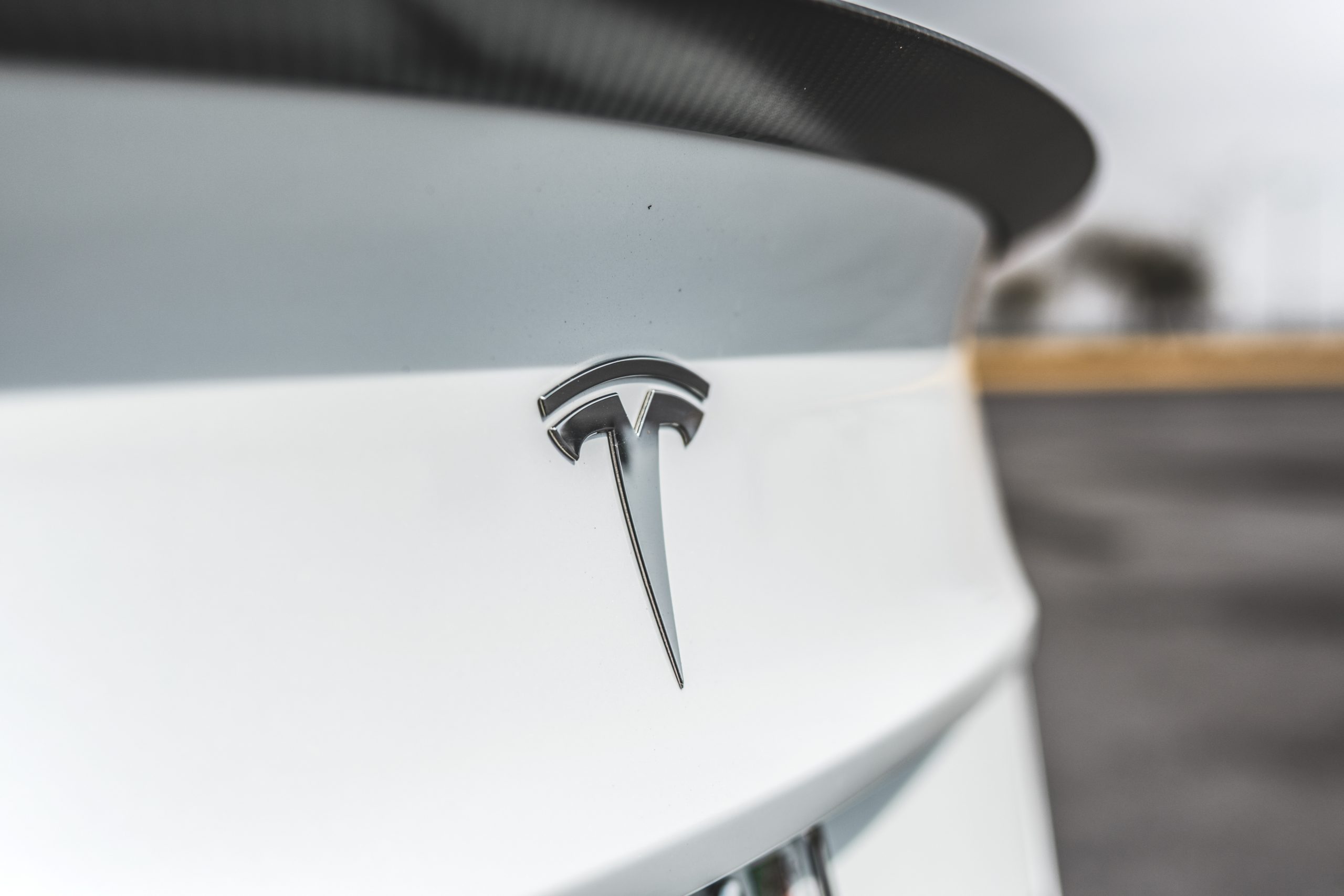
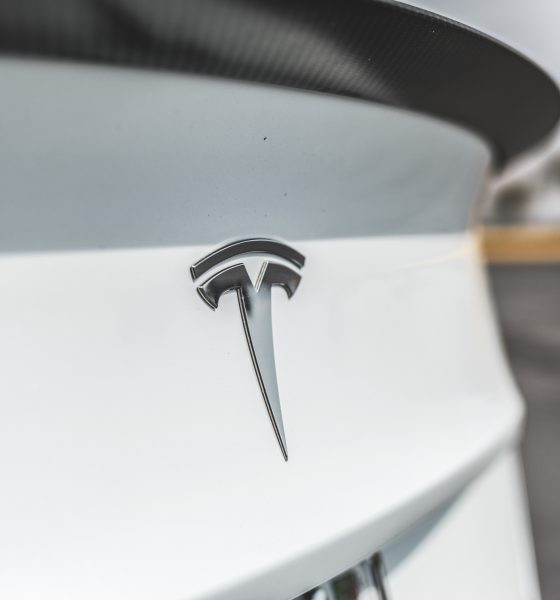
Investor's Corner
Top 10 questions Tesla (TSLA) investors want answered in the Q1 2020 earnings call
Tesla’s (NASDAQ:TSLA) retail and institutional investors are aggregating a number of inquiries that will potentially be addressed by the electric car maker’s executives in the upcoming Q1 2020 earnings call, which will be held tomorrow, April 29, 2020. The questions are aggregated from verified retail and institutional TSLA shareholders by Say, a startup that aims to create and develop investor communication tools.
Using the platform, Tesla’s retail and institutional investors have been submitting and voting on inquiries they wish to be discussed and clarified by the electric car maker. Here are a number of notable questions that garnered a high number of votes from the company’s retail and institutional shareholders.
RETAIL SHAREHOLDERS
- Elon has mentioned a 50% compound annual growth rate target for Tesla in the past. Is this still in line with Tesla’s ambitions for the next 5-10 years? This would be 4M+ vehicles in 2025, and 20M+ vehicles in 2030. Is 40% a more realistic target?
- What improvements have been made to the Tesla Semi since the original unveiling and is it still scheduled for 2020 limited release? Thanks.
- Can you give us an update on the Solar Roof ramp? How many are you currently able to install per week? What is your installations/week target for the end of 2021?
- When will Battery Investor Day be held? Can we do a virtual meeting so that it can be held sooner?
- When will you announce the next Giga? How many Gigas do you have planned for the next 5 years?
INSTITUTIONAL INVESTORS
- Given 2020 turbulence in the form of Covid-19, regulatory sales volatility (OEM push back against EU Emission laws), new product launches & GF Shanghai & Berlin ramp; could Zach walk us through a “framework” for thinking about 2020 Free Cash Flow?
- Can you please discuss potential demand levers in the event of a prolonged recession and sustained demand downturn?
- Andy Grove once said that great companies are improved by crises. In which way(s) has Tesla improved or is expected to improve coming out of Covid-19?
- Can you give us a brief preview of the Battery Day by generally highlighting steps Tesla is taking to improve cell energy density and timeline for introduction?
- China recently announced changes to its NEV subsidy program that disqualifies Tesla vehicles from benefitting from the subsidies. To what extent is there room for Tesla to lower manufacturing costs in China and pass those savings to buyers so they can qualify for the subsidy?
Tesla is yet to fully confirm if it will be entertaining questions from Say in the upcoming Q4 earnings call, though the company has regularly addressed inquiries from retail shareholders in past quarters. By doing so, Tesla is democratizing the process of communicating its earnings to shareholders and institutional investors. Such a strategy is yet another step away from convention, considering that traditional earnings calls usually feature exclusive questions from Wall Street analysts and the occasional member of the media.
Tesla’s fourth-quarter earnings call is expected to be held on Wednesday, April 29, 2020, at 3:30 p.m. Pacific Time (6:30 p.m. ET).
The full list of questions from TSLA’s retail and institutional investors listed on Say could be accessed here.

Investor's Corner
Tesla bear gets blunt with beliefs over company valuation
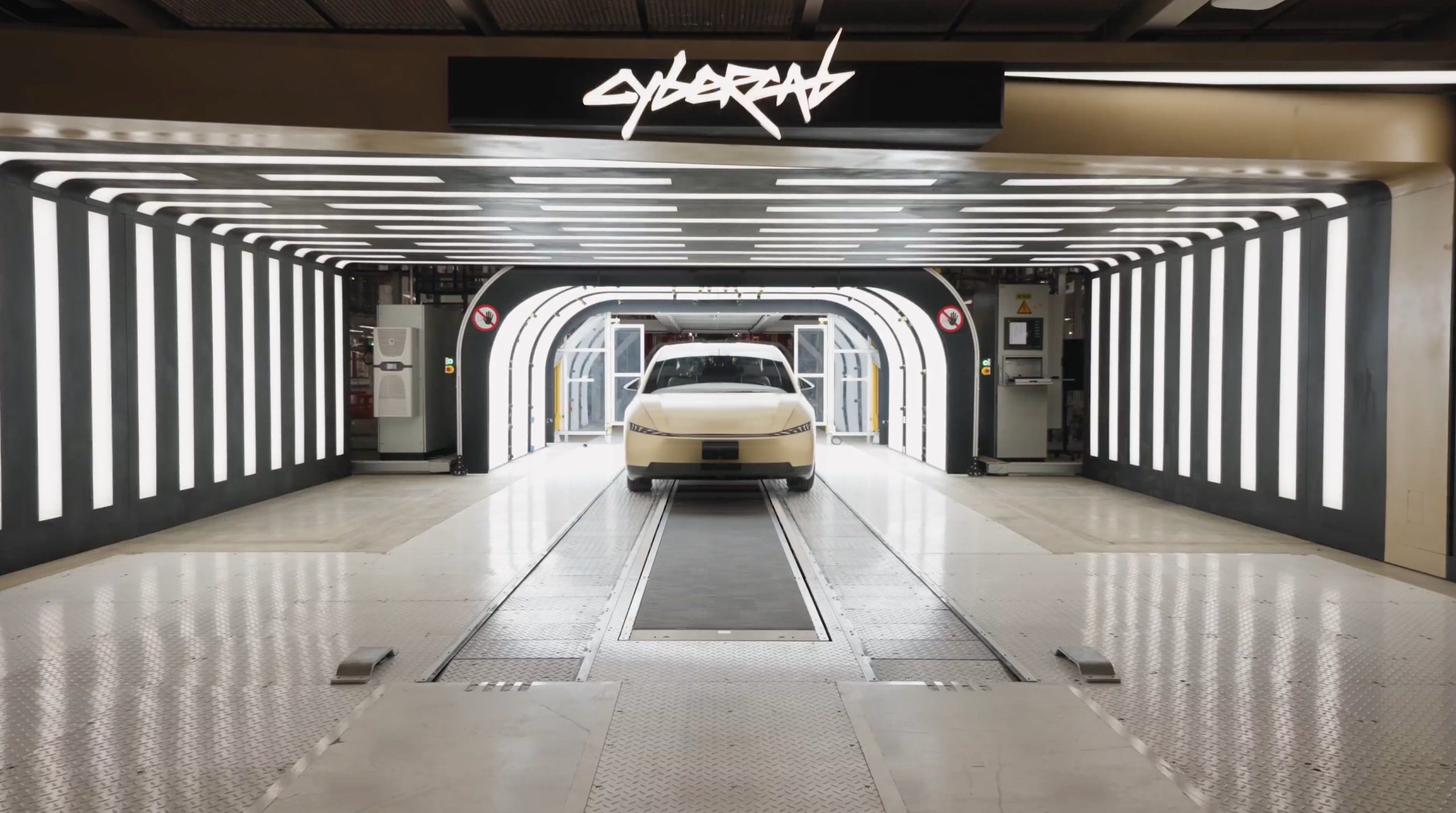
Tesla bear Michael Burry got blunt with his beliefs over the company’s valuation, which he called “ridiculously overvalued” in a newsletter to subscribers this past weekend.
“Tesla’s market capitalization is ridiculously overvalued today and has been for a good long time,” Burry, who was the inspiration for the movie The Big Short, and was portrayed by Christian Bale.
Burry went on to say, “As an aside, the Elon cult was all-in on electric cars until competition showed up, then all-in on autonomous driving until competition showed up, and now is all-in on robots — until competition shows up.”
Tesla bear Michael Burry ditches bet against $TSLA, says ‘media inflated’ the situation
For a long time, Burry has been skeptical of Tesla, its stock, and its CEO, Elon Musk, even placing a $530 million bet against shares several years ago. Eventually, Burry’s short position extended to other supporters of the company, including ARK Invest.
Tesla has long drawn skepticism from investors and more traditional analysts, who believe its valuation is overblown. However, the company is not traded as a traditional stock, something that other Wall Street firms have recognized.
While many believe the company has some serious pull as an automaker, an identity that helped it reach the valuation it has, Tesla has more than transformed into a robotics, AI, and self-driving play, pulling itself into the realm of some of the most recognizable stocks in tech.
Burry’s Scion Asset Management has put its money where its mouth is against Tesla stock on several occasions, but the firm has not yielded positive results, as shares have increased in value since 2020 by over 115 percent. The firm closed in May.
In 2020, it launched its short position, but by October 2021, it had ditched that position.
Tesla has had a tumultuous year on Wall Street, dipping significantly to around the $220 mark at one point. However, it rebounded significantly in September, climbing back up to the $400 region, as it currently trades at around $430.
It closed at $430.14 on Monday.
Investor's Corner
Mizuho keeps Tesla (TSLA) “Outperform” rating but lowers price target
As per the Mizuho analyst, upcoming changes to EV incentives in the U.S. and China could affect Tesla’s unit growth more than previously expected.
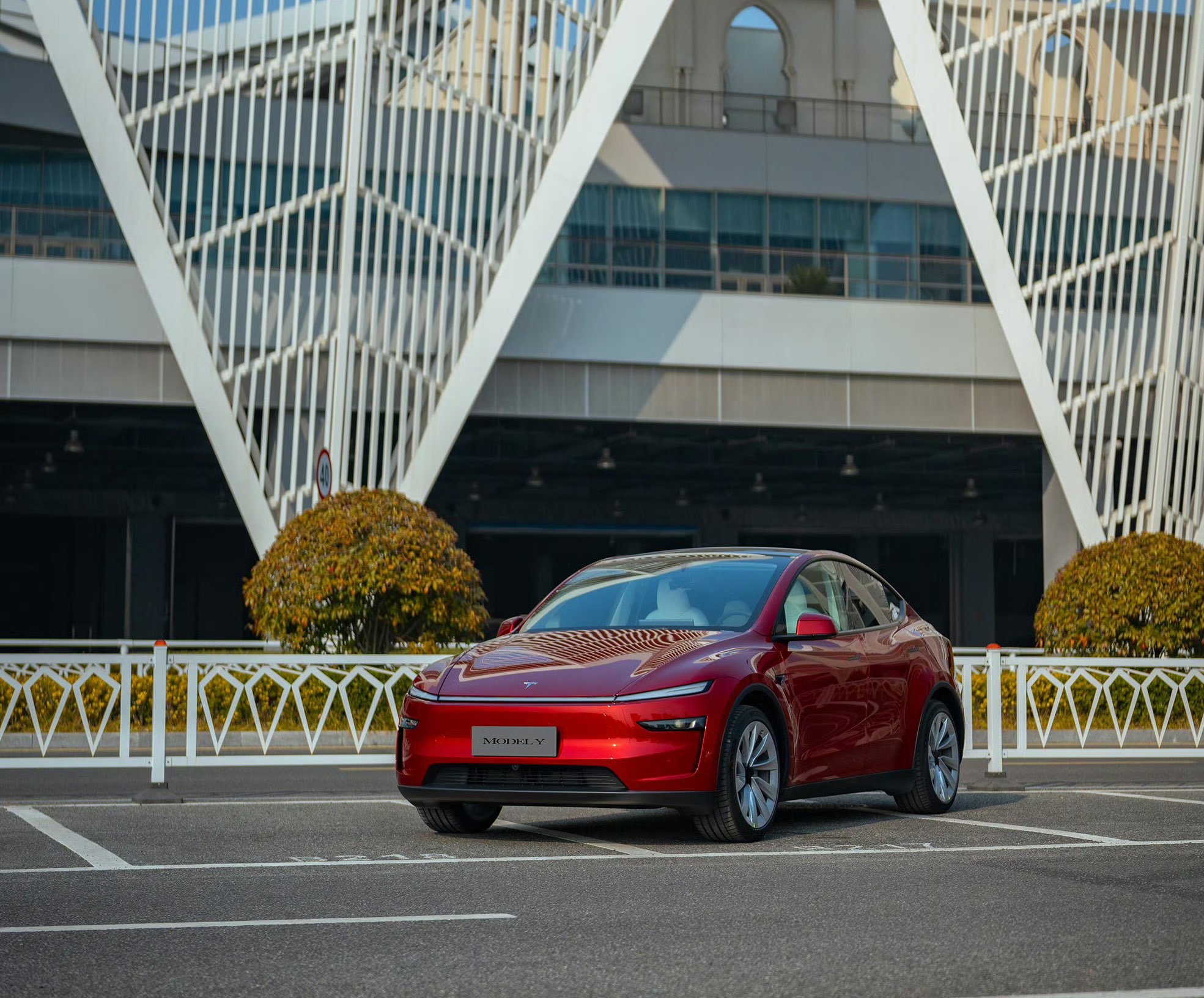
Mizuho analyst Vijay Rakesh lowered Tesla’s (NASDAQ:TSLA) price target to $475 from $485, citing potential 2026 EV subsidy cuts in the U.S. and China that could pressure deliveries. The firm maintained its Outperform rating for the electric vehicle maker, however.
As per the Mizuho analyst, upcoming changes to EV incentives in the U.S. and China could affect Tesla’s unit growth more than previously expected. The U.S. accounted for roughly 37% of Tesla’s third-quarter 2025 sales, while China represented about 34%, making both markets highly sensitive to policy shifts. Potential 50% cuts to Chinese subsidies and reduced U.S. incentives affected the firm’s outlook.
With those pressures factored in, the firm now expects Tesla to deliver 1.75 million vehicles in 2026 and 2 million in 2027, slightly below consensus estimates of 1.82 million and 2.15 million, respectively. The analyst was cautiously optimistic, as near-term pressure from subsidies is there, but the company’s long-term tech roadmap remains very compelling.
Despite the revised target, Mizuho remained optimistic on Tesla’s long-term technology roadmap. The firm highlighted three major growth drivers into 2027: the broader adoption of Full Self-Driving V14, the expansion of Tesla’s Robotaxi service, and the commercialization of Optimus, the company’s humanoid robot.
“We are lowering TSLA Ests/PT to $475 with Potential BEV headwinds in 2026E. We believe into 2026E, US (~37% of TSLA 3Q25 sales) EV subsidy cuts and China (34% of TSLA 3Q25 sales) potential 50% EV subsidy cuts could be a headwind to EV deliveries.
“We are now estimating TSLA deliveries for 2026/27E at 1.75M/2.00M (slightly below cons. 1.82M/2.15M). We see some LT drivers with FSD v14 adoption for autonomous, robotaxi launches, and humanoid robots into 2027 driving strength,” the analyst noted.
Investor's Corner
Tesla stock lands elusive ‘must own’ status from Wall Street firm
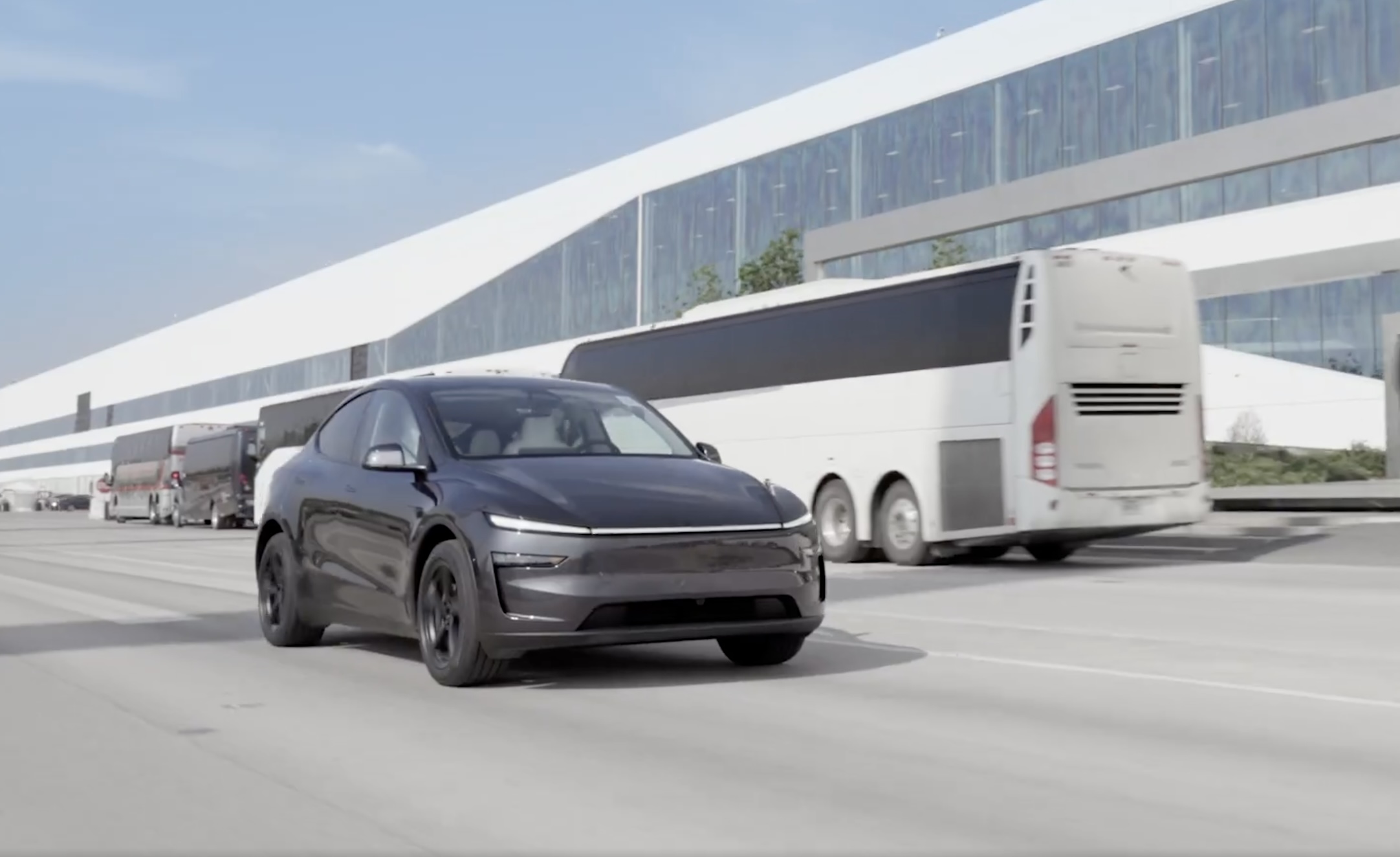
Tesla stock (NASDAQ: TSLA) has landed an elusive “must own” status from Wall Street firm Melius, according to a new note released early this week.
Analyst Rob Wertheimer said Tesla will lead the charge in world-changing tech, given the company’s focus on self-driving, autonomy, and Robotaxi. In a note to investors, Wertheimer said “the world is about to change, dramatically,” because of the advent of self-driving cars.
He looks at the industry and sees many potential players, but the firm says there will only be one true winner:
“Our point is not that Tesla is at risk, it’s that everybody else is.”
The major argument is that autonomy is nearing a tipping point where years of chipping away at the software and data needed to develop a sound, safe, and effective form of autonomous driving technology turn into an avalanche of progress.
Wertheimer believes autonomy is a $7 trillion sector,” and in the coming years, investors will see “hundreds of billions in value shift to Tesla.”
A lot of the major growth has to do with the all-too-common “butts in seats” strategy, as Wertheimer believes that only a fraction of people in the United States have ridden in a self-driving car. In Tesla’s regard, only “tens of thousands” have tried Tesla’s latest Full Self-Driving (Supervised) version, which is v14.
Tesla Full Self-Driving v14.2 – Full Review, the Good and the Bad
When it reaches a widespread rollout and more people are able to experience Tesla Full Self-Driving v14, he believes “it will shock most people.”
Citing things like Tesla’s massive data pool from its vehicles, as well as its shift to end-to-end neural nets in 2021 and 2022, as well as the upcoming AI5 chip, which will be put into a handful of vehicles next year, but will reach a wider rollout in 2027, Melius believes many investors are not aware of the pace of advancement in self-driving.
Tesla’s lead in its self-driving efforts is expanding, Wertheimer says. The company is making strategic choices on everything from hardware to software, manufacturing, and overall vehicle design. He says Tesla has left legacy automakers struggling to keep pace as they still rely on outdated architectures and fragmented supplier systems.
Tesla shares are up over 6 percent at 10:40 a.m. on the East Coast, trading at around $416.








